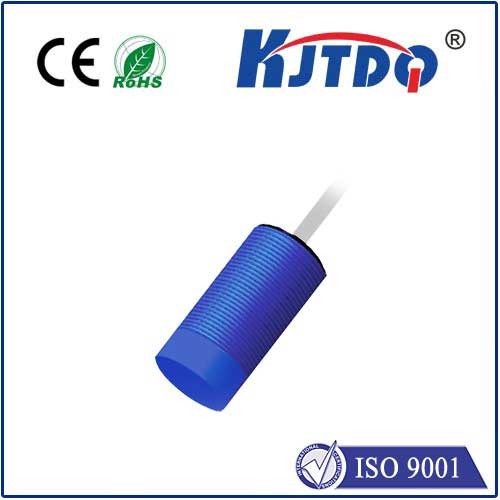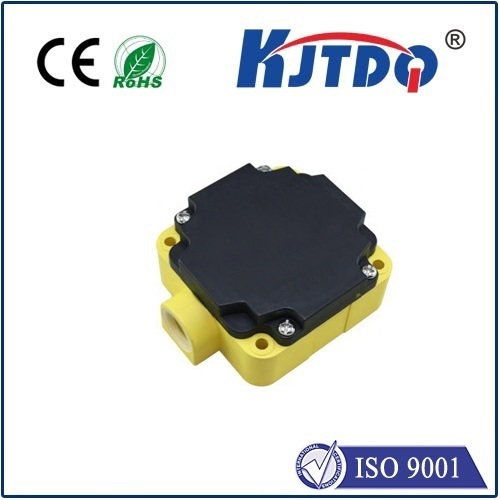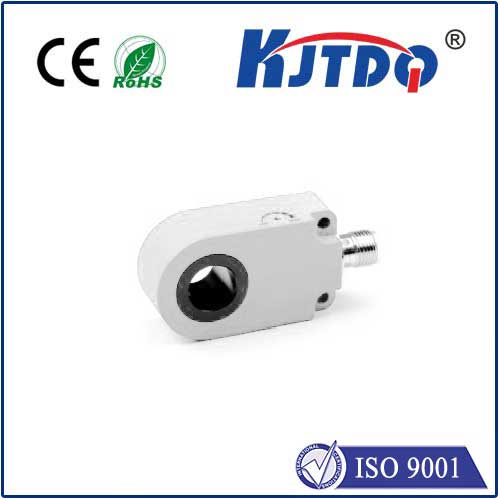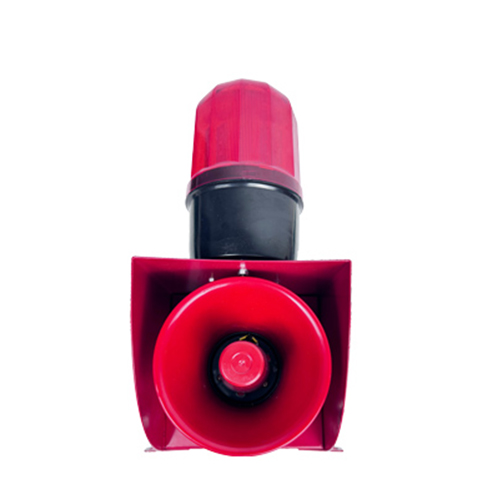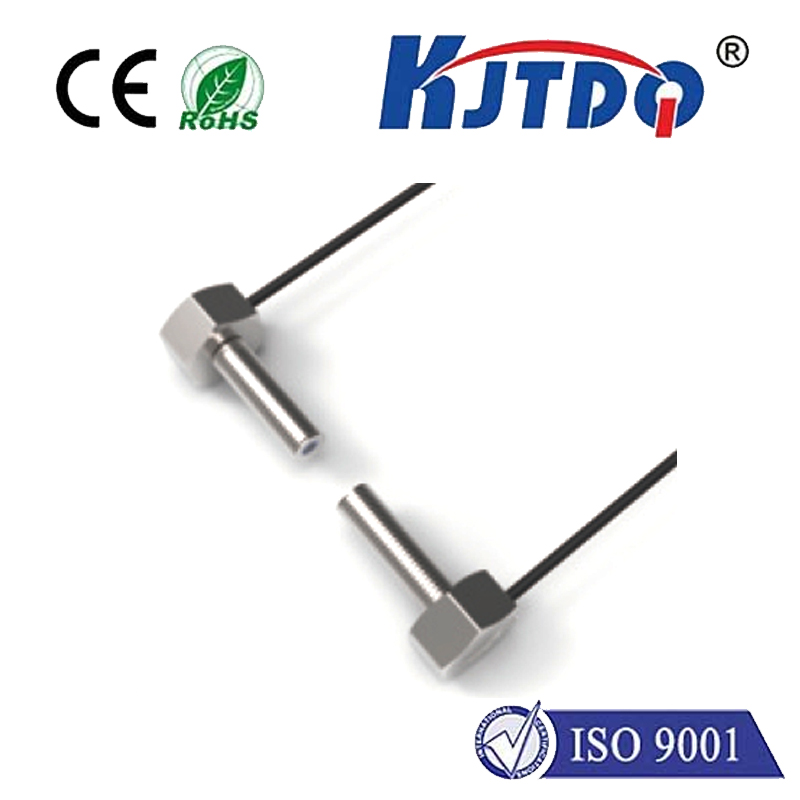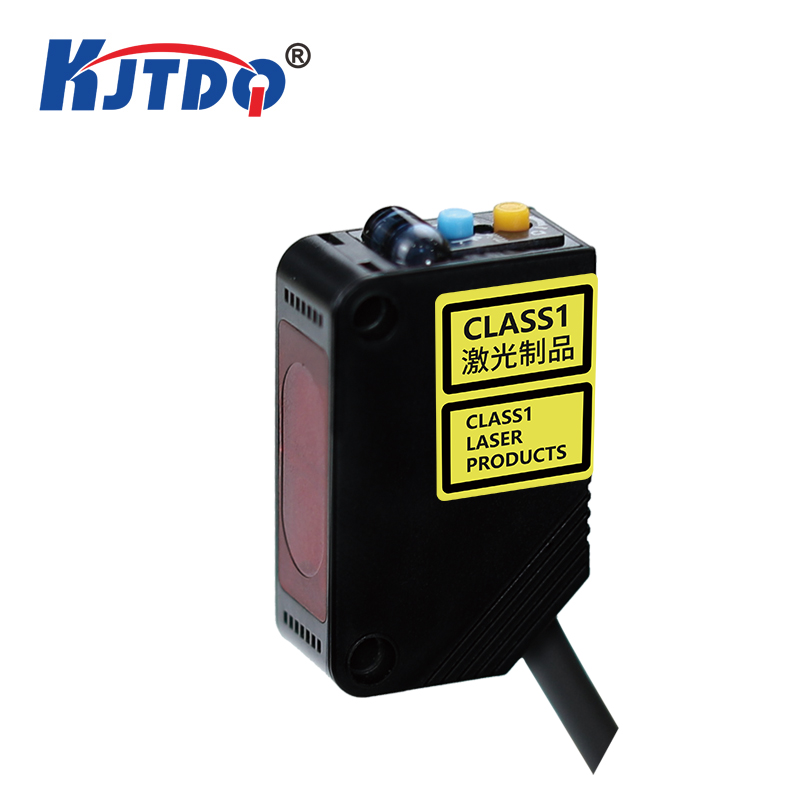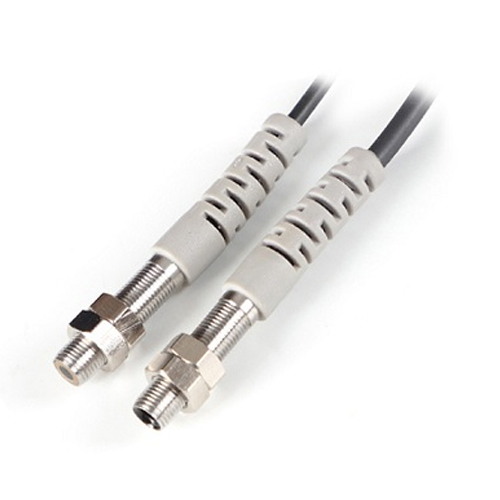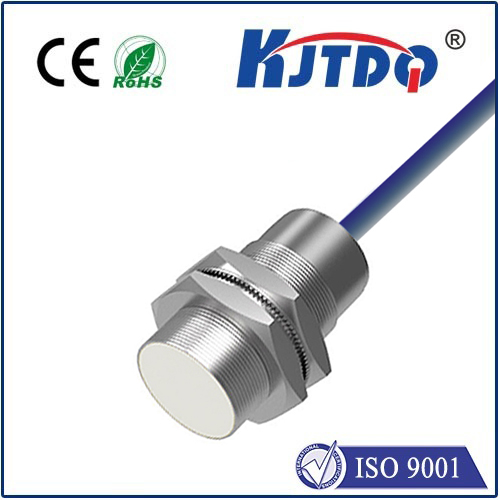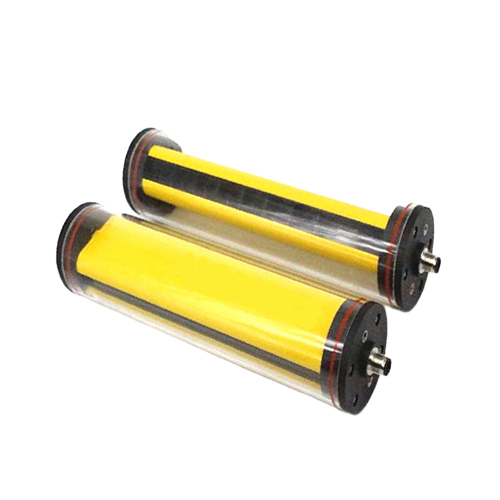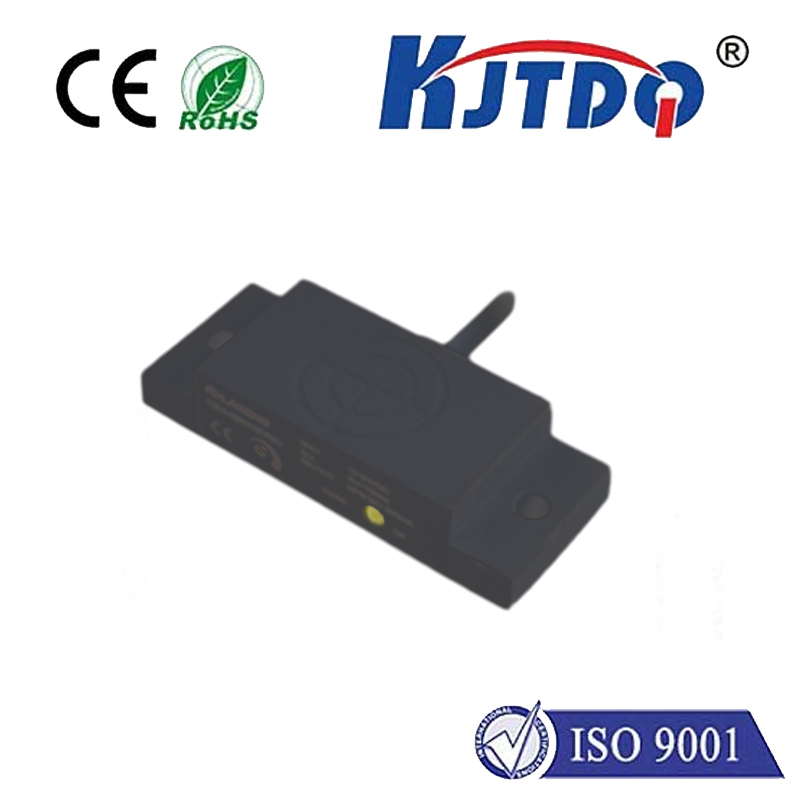

check

check

check

check

check

check

check

check

check

check

A reflective photo sensor is a device that uses a photoelectric principle to detect the presence or absence of an object. It emits a beam of light and then waits for it to reflect back. If the beam of light is interrupted by an object, the sensor will detect this change in light pattern and send a signal accordingly. This type of sensor is commonly used in various applications such as industrial automation, automotive systems, and security systems. The Working Principle of Reflective Photo Sensors Reflective photo sensors consist of an emitter and a detector. The emitter generates a beam of infrared light that bounces off any reflective surface it encounters. The detector then receives the reflected light and converts it into an electrical signal. If the light beam is obstructed by an object, the detector will not receive the full amount of reflected light, causing a change in the electrical signal. This change is interpreted as the presence or absence of an object. Advantages of Using Reflective Photo Sensors One of the main advantages of using reflective photo sensors is their ability to detect objects without making physical contact. This makes them ideal for use in environments where contamination or damage could occur if physical contact were made. Additionally, they are highly sensitive and can detect even the slightest changes in light patterns, making them suitable for applications requiring precise measurements. Applications of Reflective Photo Sensors Reflective photo sensors have a wide range of applications across various industries. In industrial automation, they are used to control machinery and equipment based on the presence or absence of objects. For example, they can be used to trigger conveyor belts or control robotic arms. In automotive systems, they are used in parking assist systems to detect obstacles and prevent collisions. In security systems, they are used in intrusion detection alarms to detect unauthorized entry. In conclusion, reflective photo sensors are versatile devices that offer many benefits for a wide range of applications. Their non-contact nature, sensitivity, and precision make them suitable for use in environments where physical contact could cause contamination or damage. As technology continues to advance, we can expect to see even more innovative uses for these fascinating devices.
